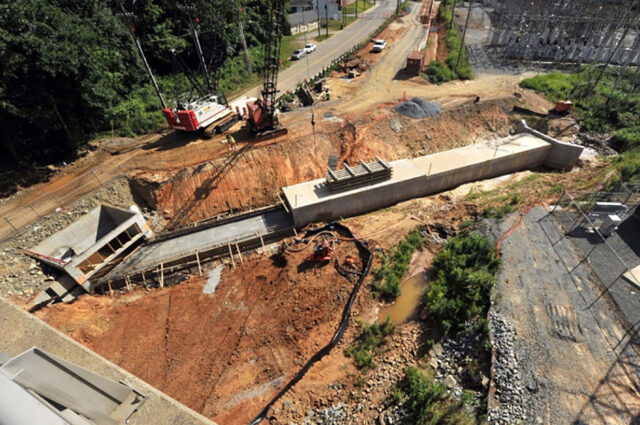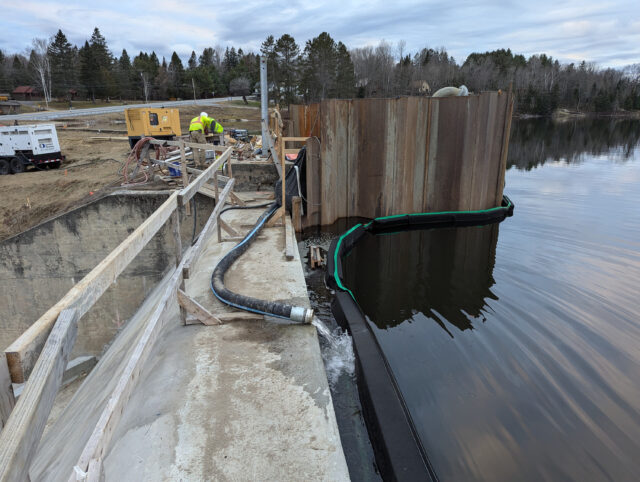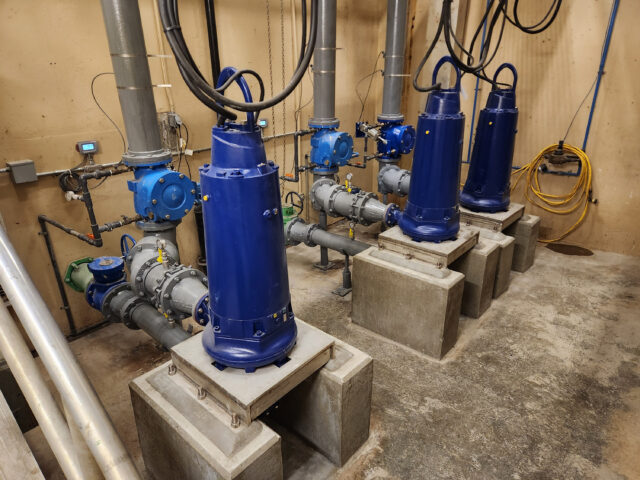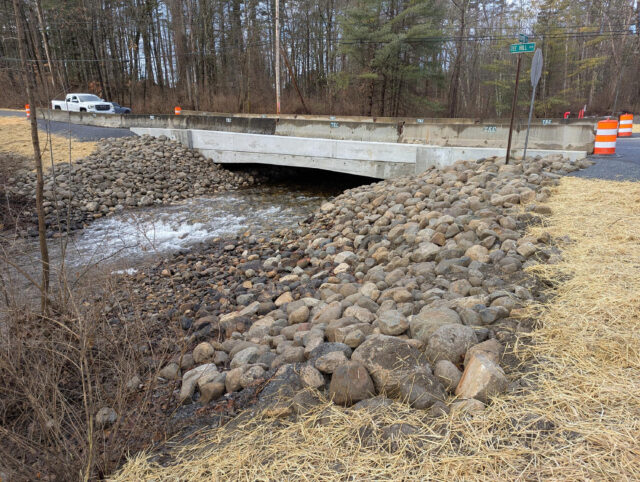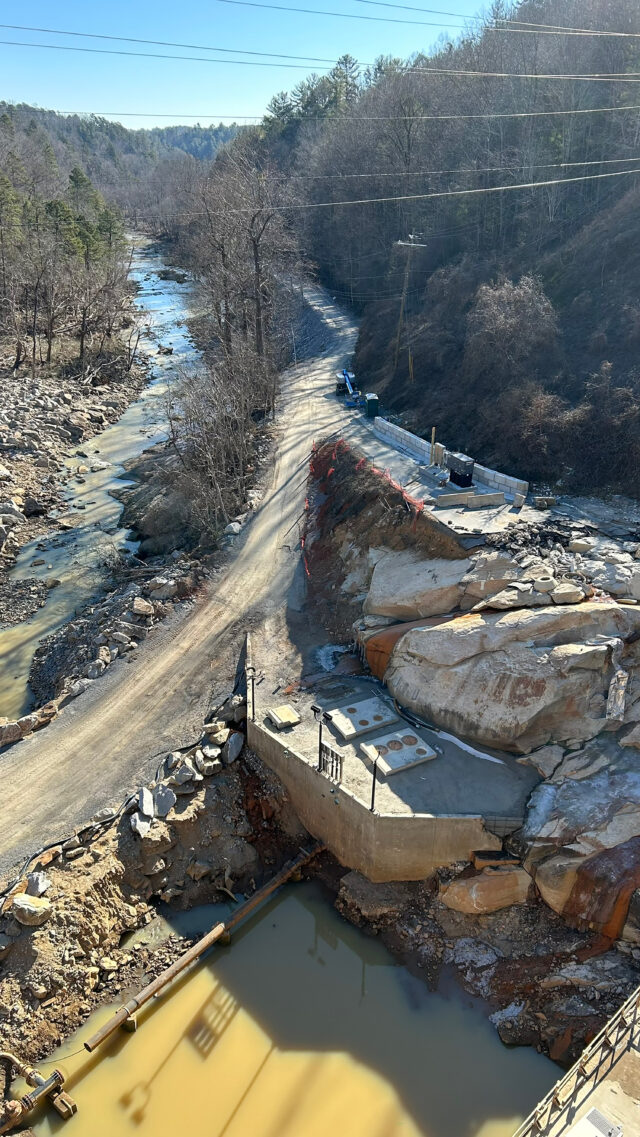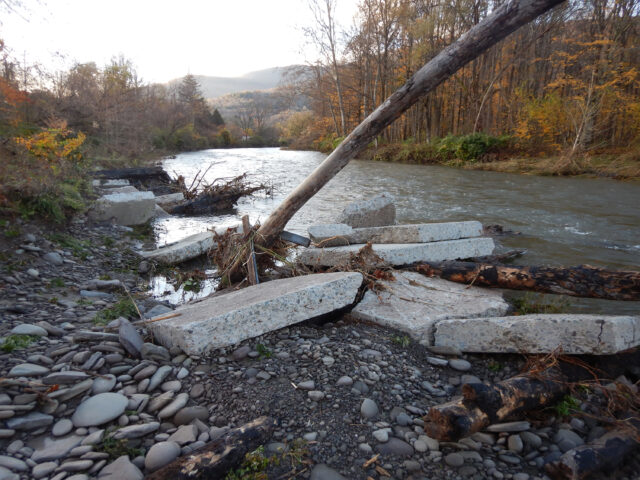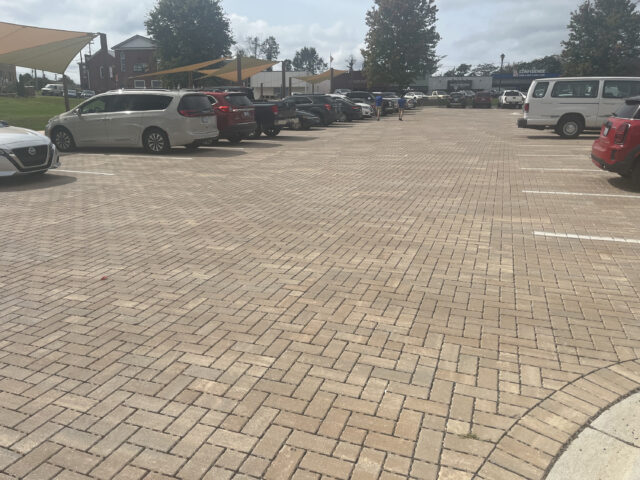Wastewater Treatment Plant Improvements
Read about the specific improvements that were completed throughout the plant.Preliminary Treatment Device
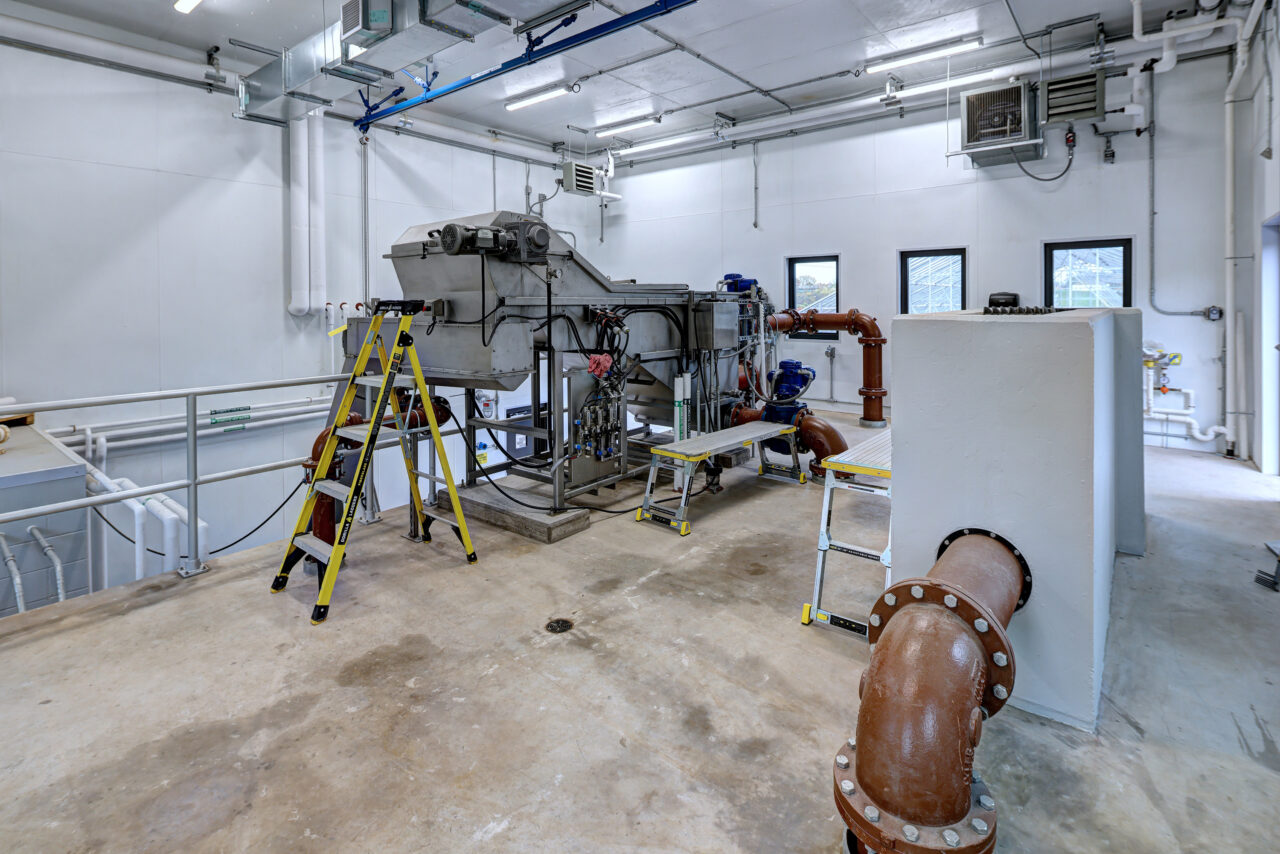
At the head of the plant, there was a preliminary treatment device original to the plant designed to settle and scrape grit from the wastewater stream prior to sending the wastewater to the secondary treatment process (i.e. the contact stabilization units). While this removal system was appropriate for the time that it was installed, mechanical components were failing, and more efficient technologies are available in today. During the design phase, a filter belt unit using microscreen technology (one of the first of its kind in New York State) was installed to provide preliminary treatment through the removal of screenings and grit. The microscreen technology prevented a majority of suspended solids from making it into the secondary treatment process which, in turn aided in the efficiency of the contact stabilization units. Additionally, the new equipment was designed within a new headworks building to maximize ease of maintenance. This includes a lower bay that can be used for solids collection/transfer, a monorail system to transfer the belt to the bay to be repaired/replaced, and large amounts of working space for the operator around each piece of equipment.
Influent Pumps
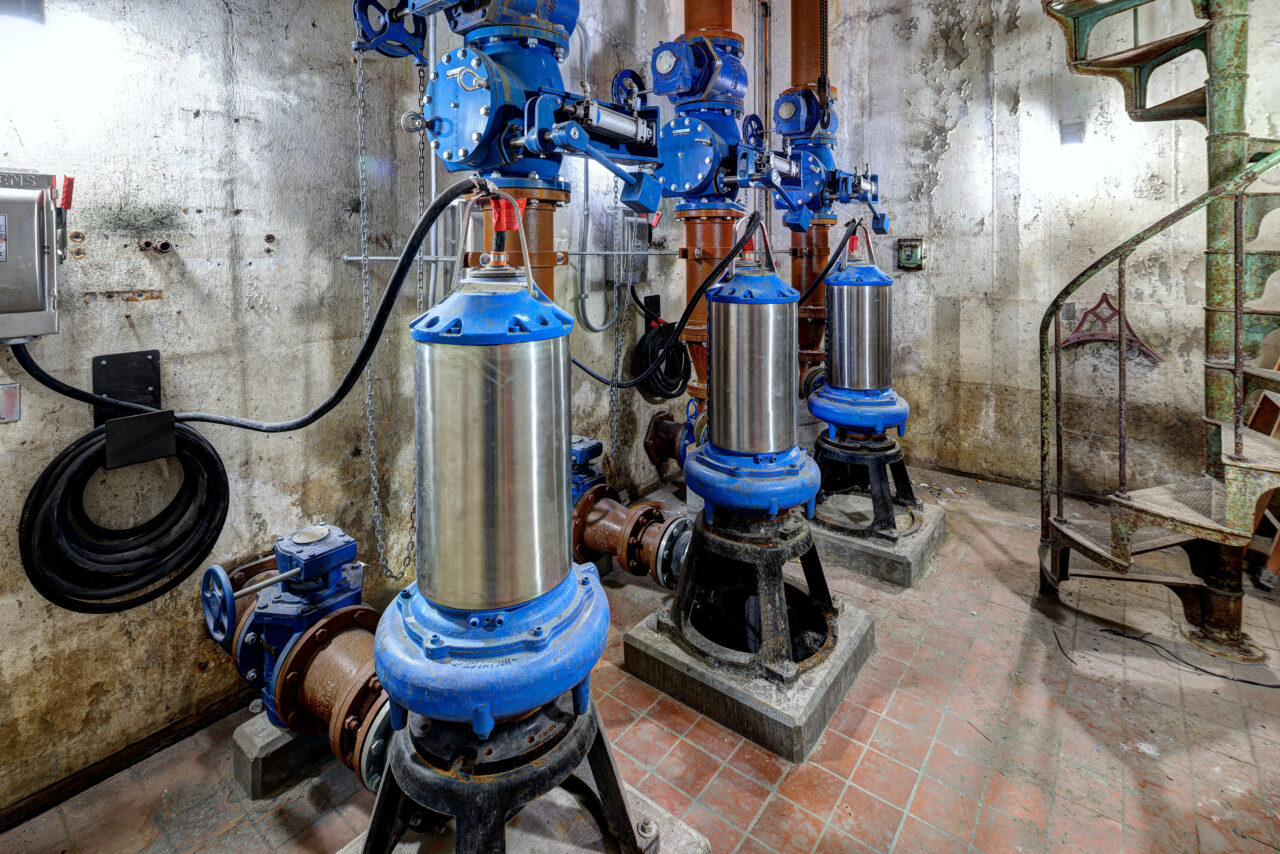
During the design phase, the influent pumps were reviewed for replacement. To help prevent screen tears of the microscreen filter belt, chopper pumps were selected to help limit the size of solids and macerate potentially sharp objects that could puncture the belt. Additionally, these new pumps are more efficient than what was installed previously and would have the benefit of lasting several years.
Rotary Lobe Blowers
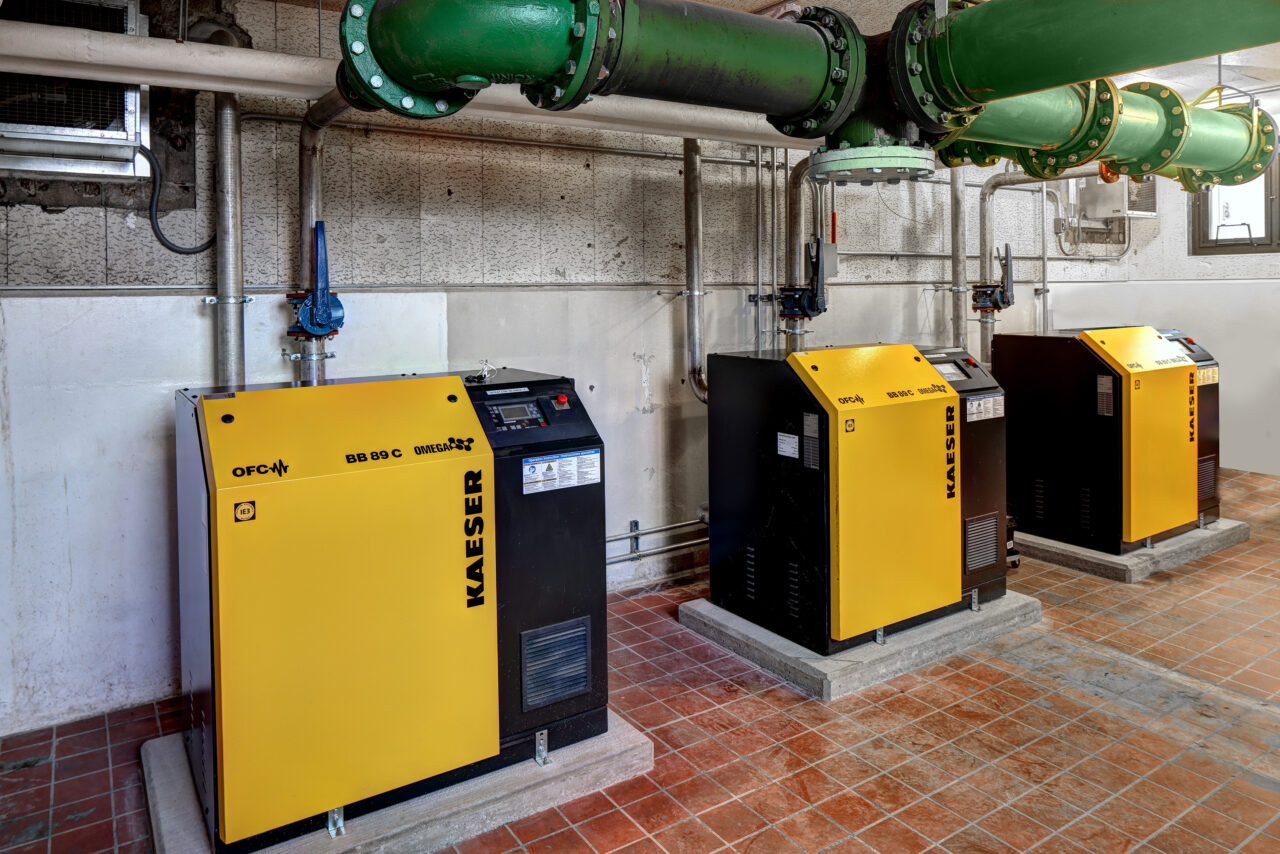 Within the secondary treatment process, the aeration and sludge digestion systems were analyzed during the design phase for areas of improvement. The existing, centrifugal blowers were inefficient, loud, and at the end of their useful life. As a replacement, new rotary lobe blowers with sound attenuation were installed. These are smaller and run at a lower decibel level.
Within the secondary treatment process, the aeration and sludge digestion systems were analyzed during the design phase for areas of improvement. The existing, centrifugal blowers were inefficient, loud, and at the end of their useful life. As a replacement, new rotary lobe blowers with sound attenuation were installed. These are smaller and run at a lower decibel level.
Contact Stabilization Units
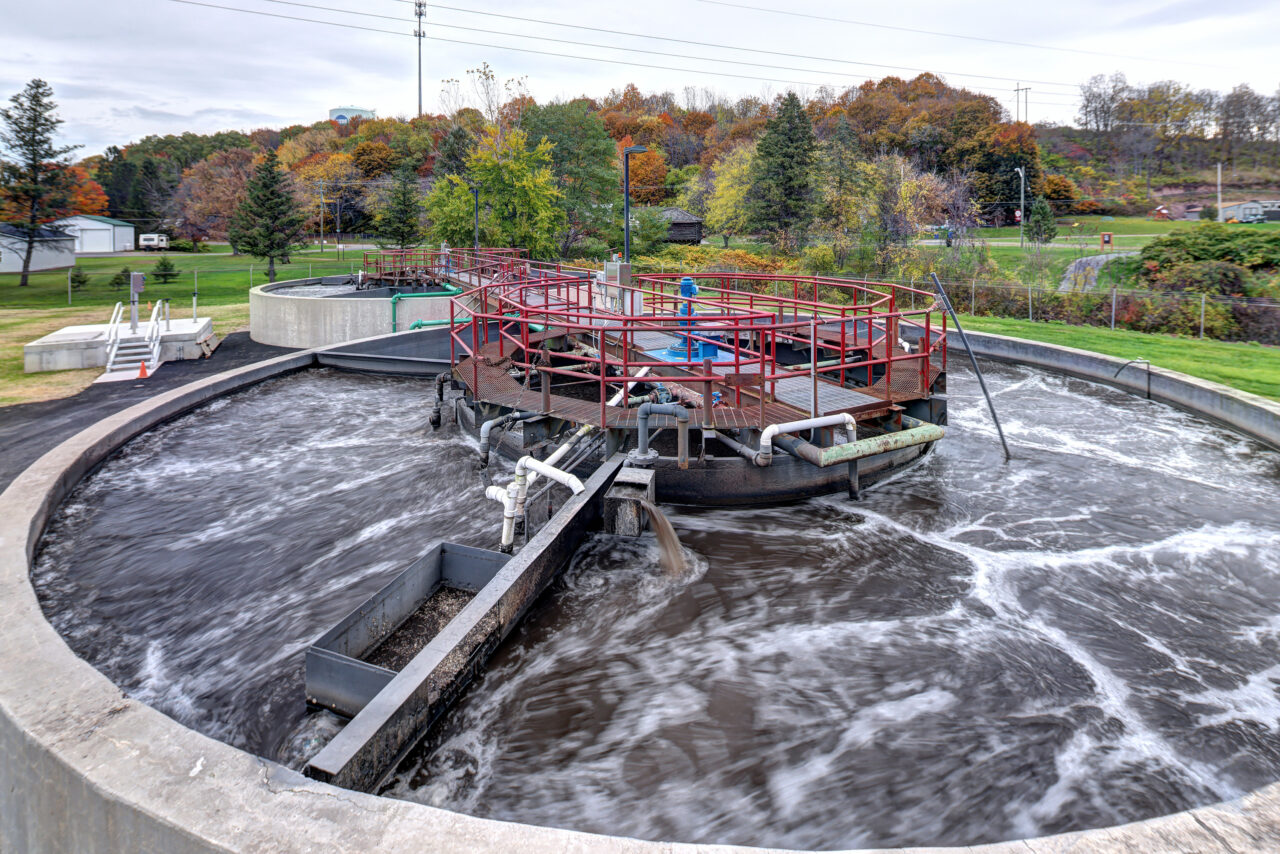
To maximize efficiency, dissolved oxygen probes were added to the contact stabilization units that call the blowers to ramp up/down according to the biological demands within the tanks. Two additional blowers were added and dedicated to the sludge digestion portions of the stabilization tanks due to the variability in levels within those portions of the tanks. Despite adding two additional blowers, the new technologies will provide lower operating costs and a more desirable environment for the operators.
Sludge Transfer System
Not only was aeration of the sludge digestion process altered, but the sludge transfer system was reviewed and upgraded. One sludge pump with buried valving existed at the plant prior to this project. There was no feasible way to maintain the valving. The sludge pump vault was small which made maintenance difficult, and the sludge pump was at the end of its useful life. A new, larger vault was installed next to the stabilization tanks. The vault houses the sludge pump and all of the valving for staff operation. This makes accessibility, operation, and maintenance easier and efficient for the operators. A new, energy efficient pump for the Village was provided.
Effluent Disinfection
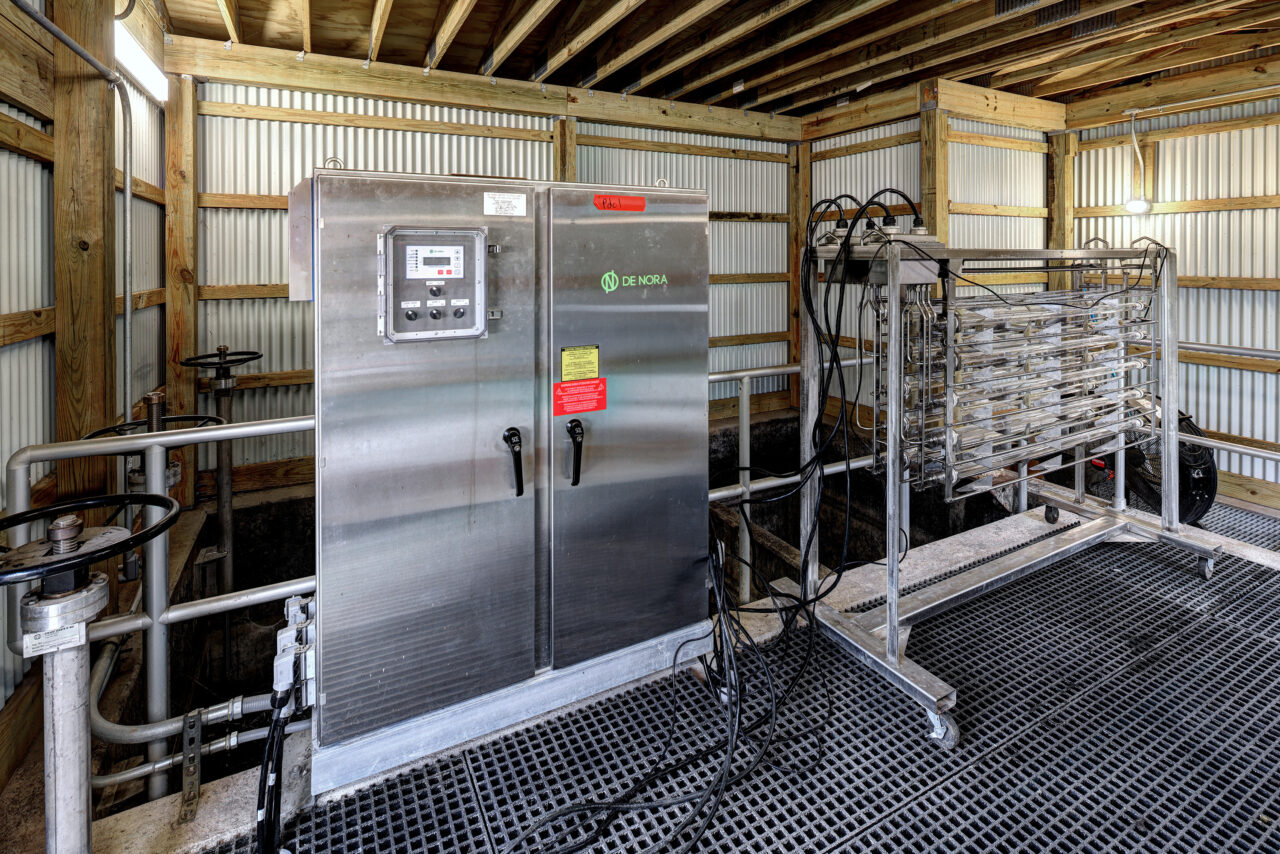
Due to NYSDEC mandates, the Village was required to install effluent disinfection. Chlorine and ultra-violet (UV) disinfection were evaluated. UV disinfection was selected to ensure operator safety and more efficient system maintenance. To minimize the plant footprint, the existing chlorine contact tank was modified to accept the UV units and a pole barn was constructed over the existing tank to protect the UV equipment during inclement weather. The new UV system has been fully functional and demonstrated disinfection efficiency.
General Improvements
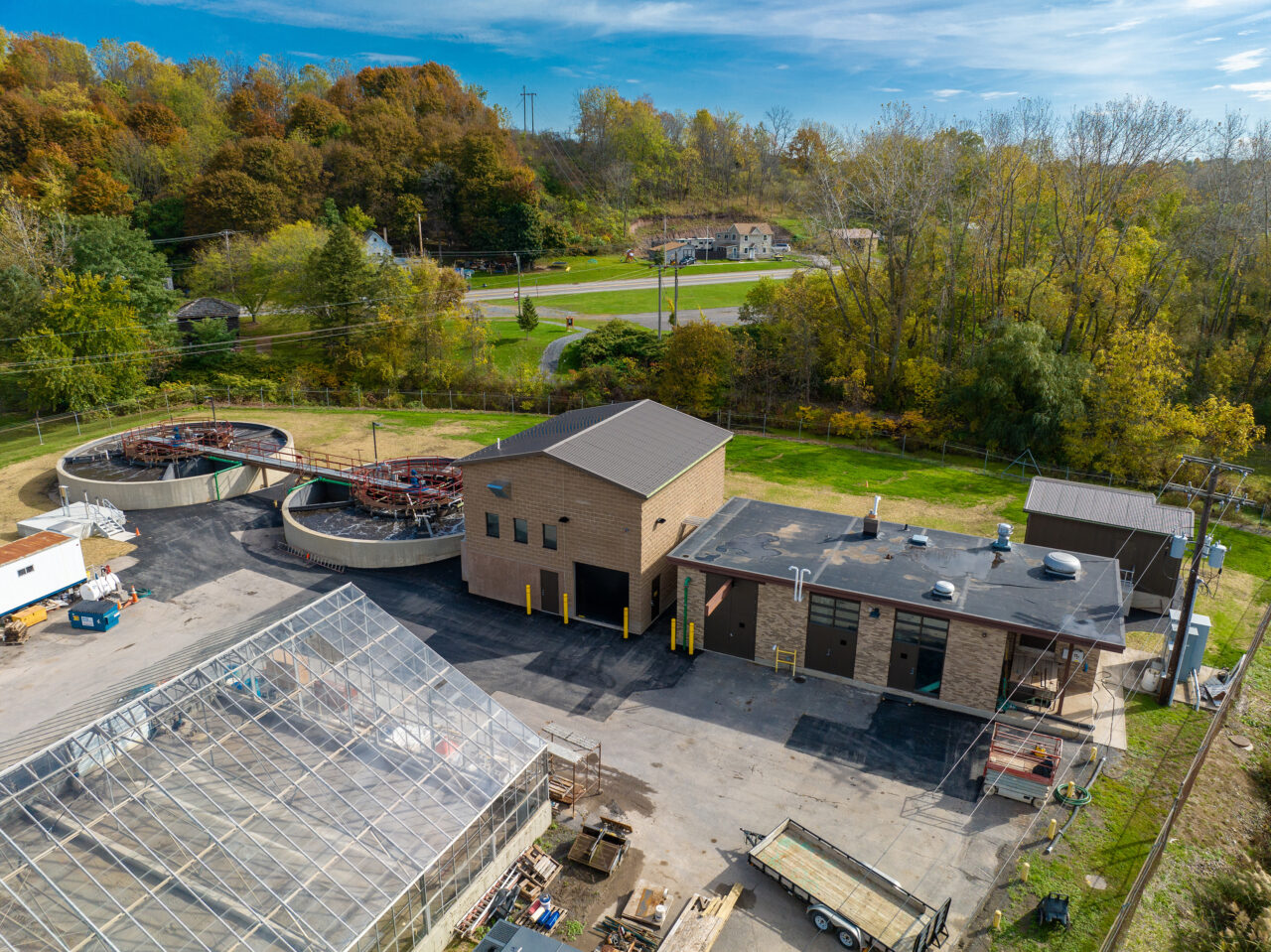
The pump and blower building was reviewed for general improvements, as it had not been altered in any substantial way since its original construction. The preliminary engineering report revealed various electrical, plumbing, mechanical (HVAC), and architectural upgrades needed to be implemented. This included door/window replacement (energy efficiency), and exhaust fan/boiler replacements (energy efficiency/ability to support new processes), among others. On the operational side, Supervisory Control and Data Acquisition (SCADA) system improvements were completed, and a new effluent reuse pumping system was installed. These improvements helped operator reporting and utility usage.
An Award-Winning Project
Village of Clyde Wastewater Treatment Plant Improvements Project Wins APWA NY Chapter Regional Project of the Year Award
In January 2024, LaBella and the Village of Clyde were honored to accept a 2023 Project of the Year Award in the Environmental ($5 to $25 Million) category from the New York Genesee Valley Branch of the American Public Works Association (APWA) for the Village of Clyde Wastewater Treatment Plant Improvements project.
The APWA’s Public Works Project of the Year Award was established to promote excellence in the management, administration, and implementation of public works projects by recognizing the alliance between the managing agency, the consultant/architect/engineer, and the contractor who work together to complete public works projects.







